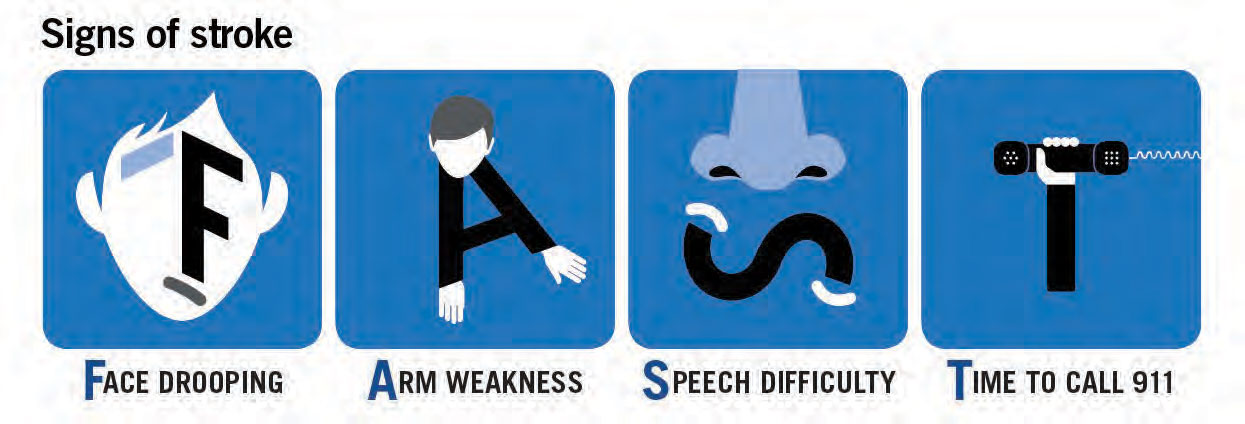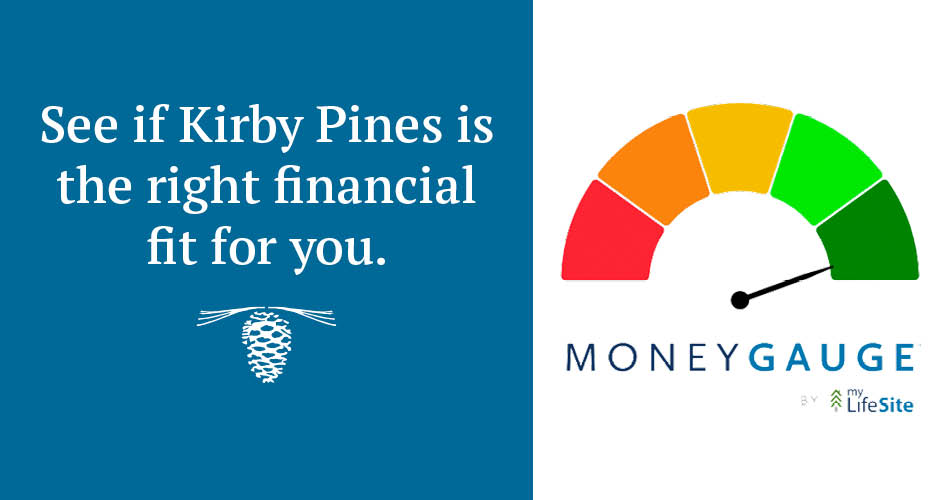 Knowing the signs of a stroke is the first step in stroke prevention. A stroke is sometimes called a “brain attack”, it occurs when blood flow to an area of the brain is cut off. The brain cells become deprived of the oxygen and glucose needed to survive which causes them to die.
Knowing the signs of a stroke is the first step in stroke prevention. A stroke is sometimes called a “brain attack”, it occurs when blood flow to an area of the brain is cut off. The brain cells become deprived of the oxygen and glucose needed to survive which causes them to die.
There are two types of strokes, ischemic and hemorrhagic. Ischemic stroke is similar to a heart attack, except it occurs in the blood vessels of the brain. Clots can form in the brain’s blood vessels, in blood vessels leading to the brain, or even in blood vessels elsewhere in the body and then travel to the brain. These clots block blood flow to the brain’s cells. Ischemic stroke can also occur when too much plaque clogs the brain’s blood vessels. Hemorrhagic strokes occur when a blood vessel in the brain breaks or ruptures. The result is blood seeping into the brain tissue, causing damage to brain cells. The most common causes of hemorrhagic stroke are high blood pressure and brain aneurysms. An aneurysm is a weakness or thinness in the blood vessel wall.
There are several common symptoms of a stroke that if they are experienced by anyone, 911 needs to be called. The symptoms are weakness or numbness of the face, arm, or leg on one side of the body, loss of vision or dimming in one or both eyes, loss of speech, difficulty speaking, or understanding what others are saying, sudden severe headache with no known cause, and loss of balance or unstable walking, usually combined with another symptom. Immediate treatment can save one’s life or increase chances of full recovery.
Up to 50% of all strokes are preventable. Many risk factors can be controlled before they cause problems. The controllable risk factors consist of high blood pressure, atrial fibrillation, uncontrolled diabetes, high cholesterol, smoking, excessive alcohol intake, obesity, carotid or coronary artery disease. The uncontrollable risk factors are age- anyone 65 or older, gender- men have more strokes, but women have deadlier strokes, race- African-Americans are at increased risk, and family history of stroke.
Your doctor can evaluate your risk for stroke and help you control your risk factors. Sometimes, people experience warning signs before a stroke occurs. These warning signs are called transient ischemic attacks (TIA or mini-stroke) and they are short, brief episodes of the stroke symptoms. Some people have no symptoms warning them prior to a stroke or symptoms are so mild they are not noticeable. Regular check-ups are important in catching problems before they become serious. Remember to report any symptoms or risk factors to your doctor.






 © 2025 Kirby Pines LifeCare Community. All Rights Reserved |
© 2025 Kirby Pines LifeCare Community. All Rights Reserved | 